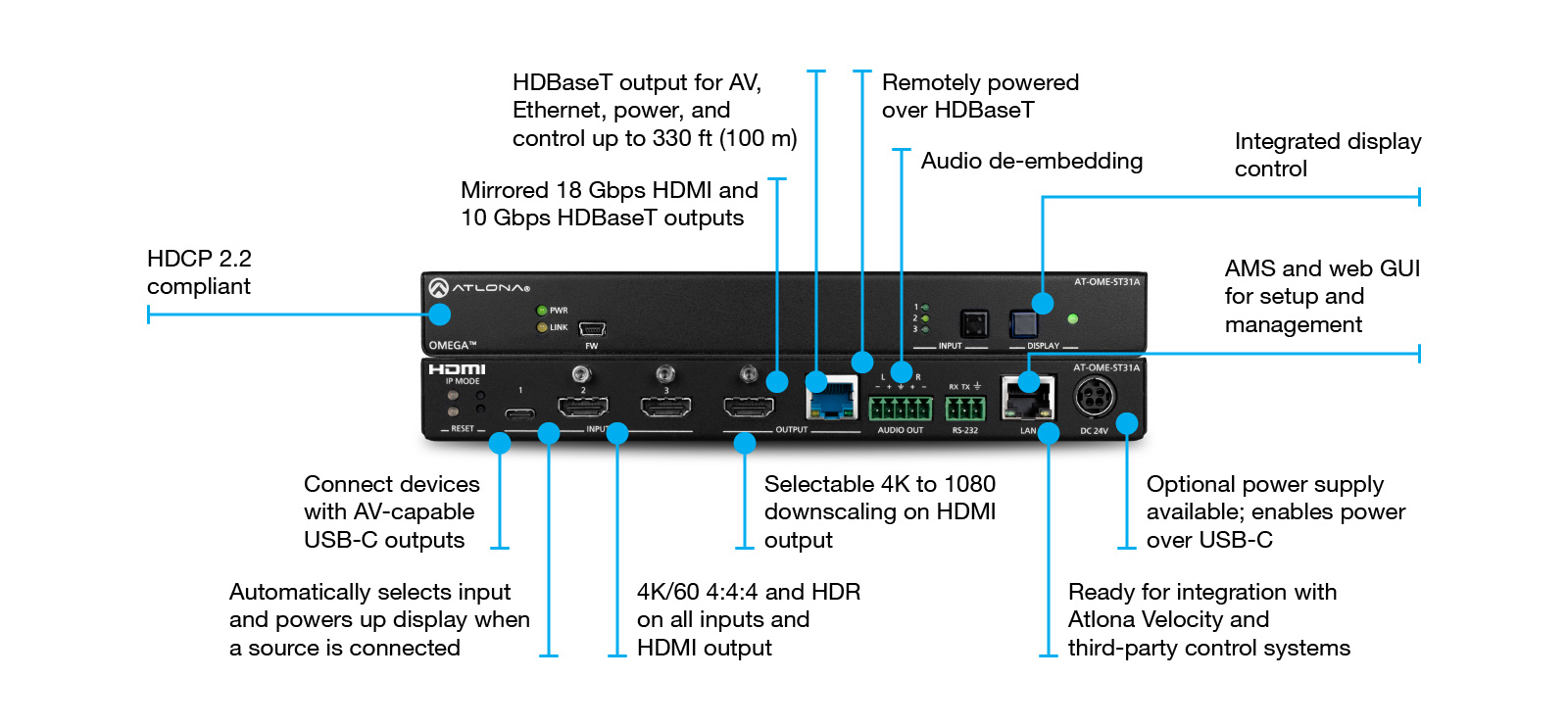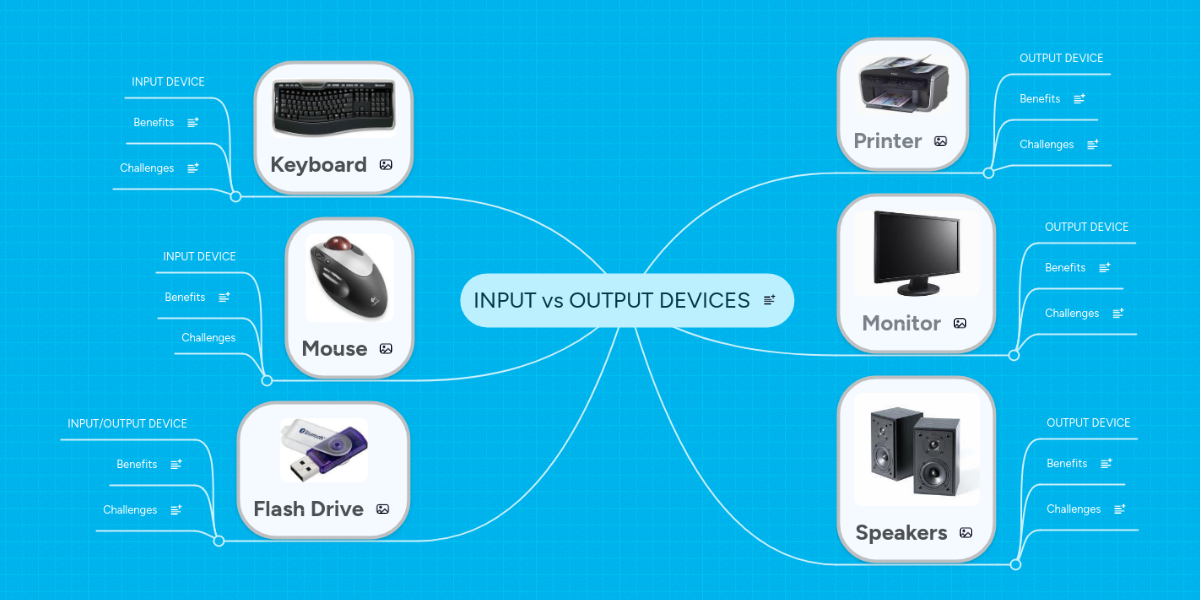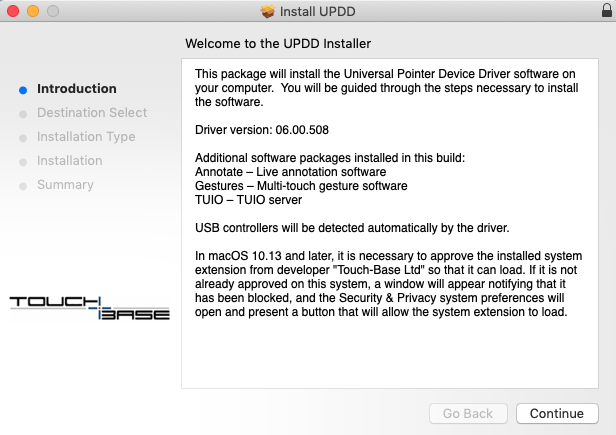- Timelink Input Devices Driver Updater
- Timelink Input Devices Driver Touchpad
- Timelink Input Devices Driver Device
- Timelink Input Devices Driver


Timelink Input Devices Driver Updater
-->From the Device Manager on the copy of Windows which needs the driver, if you can navigate to the DriverStore folder of another Windows installation where the driver is located, then the Device.
This package provides the Intel General-Purpose Input/Output (GPIO) Host Controller Driver which enables devices that require the use of GPIO pins on the system. This package is provided for supported notebook models running a supported operating system. Ftp://ftp.hp.com/pub/softpaq/sp0/sp65472.exe 0. This page describes the device driver and the device window for the TimeLink Microsystems distributor PPD/IRIG B/10MHz distributor devices with redundant input. The driver covers the following devices: SR1101-R IRIG B redundant distribution unit SR2214-R-W 10 MHz redundant low noise distribution unit SR1132-R PPS redundant distribution unit. Usb-devices T: Bus=03 Lev=01 Prnt=01 Port=04 Cnt=04 Dev#= 16 Spd=12 MxCh= 0 D: Ver= 2.00 Cls=00(ifc ) Sub=00 Prot=00 MxPS= 8 #Cfgs= 1 P: Vendor=2309 ProdID=1001 Rev=00.01 S: Manufacturer=TimeLink S: Product=TimeLink MultiTouch C: #Ifs= 1 Cfg#= 1 Atr=80 MxPwr=400mA I: If#= 0 Alt= 0 #EPs= 2 Cls=03(HID ) Sub=00 Prot=00 Driver=usbhid. Check the status of the touch screen, right click My Computer and select Manage - Device Manager - Human Interface Devices, and check if it has TimeLink Multitouch Device and if the device is working properly.
Human Interface Devices (HID) is a device class definition to replace PS/2-style connectors with a generic USB driver to support HID devices such as keyboards, mice, game controllers, etc. Prior to HID, devices could only utilize strictly-defined protocols for mice and keyboards. Hardware innovation required either overloading data in an existing protocol or creating non-standard hardware with its own specialized driver. HID provided support for these “boot mode” devices while adding support for hardware innovation through extensible, standardized and easily-programmable interfaces.
HID devices today include a broad range of devices such as alphanumeric displays, bar code readers, volume controls on speakers/headsets, auxiliary displays, sensors and many others. Many hardware vendors also use HID for their proprietary devices.
HID began with USB but was designed to be bus-agnostic. It was designed for low latency, low bandwidth devices but with flexibility to specify the rate in the underlying transport. The specification for HID over USB was ratified by the USB-IF in 1996 and support over additional transports followed soon after. Details on currently supported transports can be found in HID Transports Supported in Windows. 3rd-party, vendor-specific transports are also allowed via custom transport drivers.
HID Concepts
HID consists of two fundamental concepts, a Report Descriptor, and Reports. Reports are the actual data that is exchanged between a device and a software client. The Report Descriptor describes the format and meaning the data that the device supports.
Reports
Timelink Input Devices Driver Touchpad
Applications and HID devices exchange data through Reports. There are three Report types: Input Reports, Output Reports, and Feature Reports.
| Report Type | Description |
|---|---|
| Input Report | Data sent from the HID device to the application, typically when the state of a control changes. |
| Output Report | Data sent from the application to the HID device, for example to the LEDs on a keyboard. |
| Feature Report | Data that can be manually read and/or written, and are typically related to configuration information. |

Each Top Level Collection defined in a Report Descriptor can contain zero (0) or more reports of each type.
Usage Tables
The USB-IF working group publishes HID Usage Tables that are part of the Report Descriptors that describe what HID devices are allowed to do. These HID Usage Tables contain a list with descriptions of Usages, which describe the intended meaning and use of a particular item described in the Report Descriptor. For example, a Usage is defined for the left button of a mouse. The Report Descriptor can define where in a Report an application can find the current state of the mouse’s left button. The Usage Tables are broken up into several name spaces, called Usage Pages. Each Usage Page describes a set of related Usages to help organize the document. The combination of a Usage Page and Usage define the Usage ID that uniquely identifies a specific Usage in the Usage Tables.
Timelink Input Devices Driver Device
See also
Timelink Input Devices Driver
USB-IF HID Specifications.